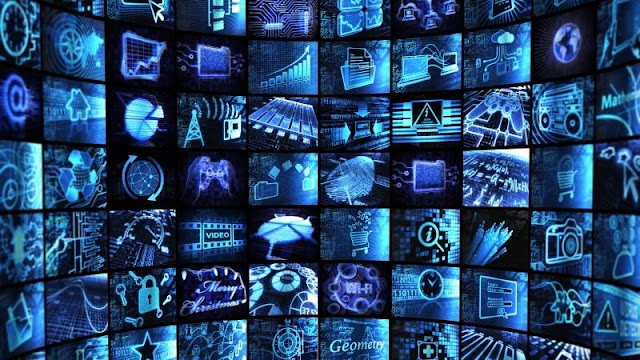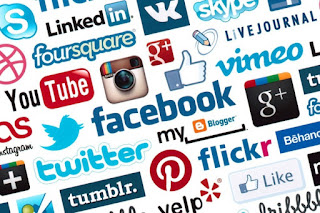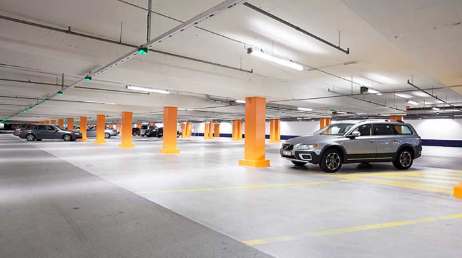TAG | led lighting
16
GDP due to lighting ‘must fall to tackle climate change’
Comments off · Posted by admin in LED
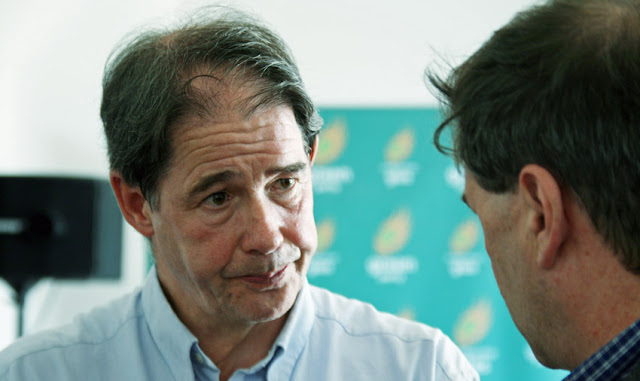 |
| Former Friends of the Earth chief Jonathan Porritt says we must accept a reduction of the historic proportion of GDP attributable to lighting and its associated energy requirements if we are to have an impact on greenhouse gas emissions. |
Delivering the inaugural annual lecture of the Worshipful Company of Lightmongers, he said: ‘We need to find ways of delivering increasingly sophisticated lighting services to the whole of humankind…in ways that cause considerably less impact, which probably needs less total economic activity.
‘Lighting is responsible for anywhere between 16 and 18 per cent of total electricity consumption in the world today, depending on how you do the calculations. So this is an absolutely massive part of the challenge. And although it’s rarely spoken about in those terms, people are beginning to understand that if we are going to make a difference to this story, we have to make a difference on lighting.’
Referring to the barrage of criticism from campaigners over the UK Government’s decision to approve a third runway at Heathrow Airport in London, he pointed out that aviation is responsible for 2 and 4 per cent of total global greenhouse gas emissions.
‘It’s relatively small in fact. When you compare lighting to these other big sectors, you can begin to see why it is people are focusing suddenly on the need to get lighting right.
‘What we know is that if you back right back before electricity to when people were using whale oil and tallow and candles, the contribution of the lighting industry as a whole has remained astonishingly constant over hundreds of years. It always contributes around 1.7 per cent of total GDP in any one year.
‘This rather amazing statistic was unearthed by Professor [Jeff] Tsao in the paper he wrote in 2010. And I quote: “New applications of increasingly efficient lighting technologies have consistently offset the energy efficiency gains from new lighting technologies almost exactly, leaving the portion proportion of global GDP attributable to lighting essentially unchanged for hundreds of years”.
‘So lighting’s always had this critical part in the economy of human societies at different points, at roughly 1.7 per cent of GDP.
’The problem is, we need to do something about that,’ he told a London audience of lighting executives. ‘I hope this isn’t going to upset people here but we kind of need to get that figure down. Because if we are to have a massive contribution from lighting to addressing this problem, we need to find ways of delivering increasingly sophisticated lighting services to the whole of humankind – not just the rich world – in ways that cause considerably less impact, which probably needs less total economic activity.’
However, he praised the lighting sector for its technological achievements, especially the development of the blue LED by Professor Shuji Nakamura and his team in the 1990s. Quoting the US Department of Energy, he said: ‘ “the widespread introduction of LEDs today will reduce electricity consumption by around 348 TWh by 2027, equal to the output of 44 large power plants, saving more that $30 billion at today’s power prices”. So you can see why this is going to have an impact on GDP. It takes $30 billion of economic activity out of the US economy, that translates through into the economic multipliers.
‘If the Indian government were to replicate the LED roll-out that it is currently undertaking in Pondicherry, it would reduce electricity demand by over 50 TWh and cut consumer bills by over $3 billion. These are just massive changes that are underway now.’
He also highlighted the president of Institute of Physics’ claim that the optimum use of LED lighting could reduce lighting’s share of the global electricity consumption in buildings from 19 per cent to 4 per cent. ‘That translates to the total electricity consumption of Europe.’
electricity demand reduction · energy efficient lighting · gdp · led GU10 · LED lamps · led lighting · led tubes · Novel Energy Lighting · power saving
New lighting to change view of Niagara Falls. PLUS: Cambridge University buys circadian lamps to wake sleepy students. AND: Can LED boost health benefits of cannabis? Lux Today November 8 2016.
circadian lamps · led and cannabis · led lighting · lux today · niagra falls lighting · Novel Energy Lighting
Hackers harnessing Internet of Things (IoT) devices, including smart lights, have crashed some of the world’s biggest websites including Spotify, PayPal and Twitter.
It is no secret, as revenues from LEDs fade, that the lighting industry is placing a big pile of gambling chips on the success of the Internet of Things, but the hack marks the second major security breach in as many months, suggesting IoT is not yet ready for the big leagues.
A handful of the world’s top websites were targeted during the attack, including The New York Times, CNN and Amazon, making this the most high profile attack to date and one aimed at disrupting the very fabric of the internet in the United States.
The attack was carried by hijacking thousands of IoT devices, which had previously been infected with malicious code allowing attackers to take control of them. The attackers were then able to perform a denial of service (DDoS) by getting the enslaved devices to flood the chosen websites with messages, causing them to crash.
While a claim of responsibility is yet to be made for the attacks, it has been claimed on Twitter that WikiLeaks were responsible.
A tweet issued by WikiLeaks after the DDoS attack on some of the world’s leading websites.
Earlier in the month American internet provider OVH was targeted in an attack that involved the manipulation of 150,000 IoT devices.
‘Companies are simply not doing enough to improve IoT security and there is a lack of awareness and a certain laziness in their attitude towards the issue,’ Ken Munro of ethical hacking firm Penetration testing and security services, which identifies weaknesses in internet security, told Lux.
‘Companies are simply not doing enough to improve IoT security and there is a lack of awareness and a certain laziness in their attitude towards the issue.’
The IoT powered onslaughts are worsening because of the release of the Mirai botnet source code into the public domain. The code contains the necessary information needed to hack into IoT devices and ultilise them for use in DDoS attacks.
Security experts are worried that IoT devices are being built upon outdated operating systems using code that has not been properly tested for security loopholes, which hackers will exploit. The devices are then being rushed to market.
Munro believes that IoT manufacturers need to act now to prevent much more serious security breeches in the future.
‘Governments are becoming more and more concerned about the security risks that IoT poses, and the UK, US and EU governments are even considering legislation to compel firms to act,’ Munroe concluded.
The US Congress, for example, is currently mulling installing some kind of consumer protection into law to protect IoT consumer’s privacy, although talks are still at a very early stage, calls to act though are likely to speed up after this latest attack.
ddos · internet of things · iot · iot security · led lighting · Novel Energy Lighting
iot · led lighting · lighting iot · Novel Energy Lighting · smart lighting · vatican lighting
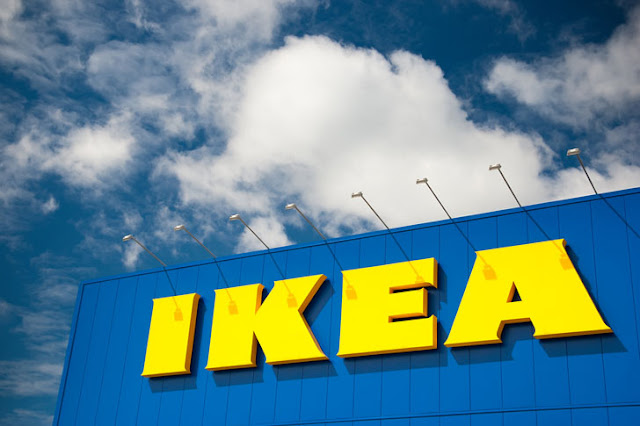
Innovative retailer Ikea is setting its sights on the smart lighting market.

Ikea’s plug and play solution features a tiny transmitter that has been installed within the luminaire, which can communicate with a remote control.
ikea · ikea led · intelligent lighting · led lighting · Novel Energy Lighting · remote control lighting · TRÅDFRI LED
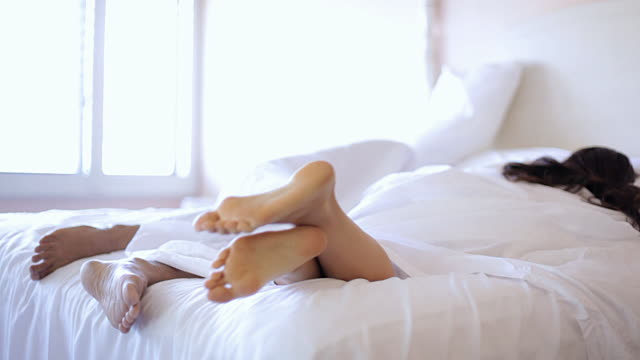

A new study has found that exposure to bright light can restore the sinking sexual desires of men during the cold winter months.
Scientists from the University of Siena in Italy have discovered that sitting in front of a light box can increase testosterone levels, boosting sexual satisfaction in the process.
The study was comprised of 38 men who had complained of spiraling sexual desire. Half of the group were treated with a light box, while a secondary group were exposed to an adapted light box that was wired to produce significantly less light.
The participants received doses of light for an hour, during the early morning, for two weeks straight.
The scientists discovered when the study was complete that the men exposed to the bright, unregulated light, recorded a tripling in sexual satisfaction, while the men who sat in front of the
‘In the northern hemisphere, the body’s testosterone production naturally declines from November until April and then rises steadily through the spring and summer with a peak in October.’
adapted light found that their libido remained significantly depressed.
When the results were more carefully considered it was found that the men who reported better sex had significantly higher levels of testosterone.
‘In the northern hemisphere, the body’s testosterone production naturally declines from November until April and then rises steadily through the spring and summer with a peak in October,’ Prof Andrea Fagiolini, who led the study commented.
This fact is mirrored in spikes in the birth rate, as June often records the highest rates of conception.
The libido-restoring light box contained bright fluorescent tubes that emitted light at ten times the intensity of the the light emitted by household fixtures.
Light boxes are also used to treat Seasonal Affective Disorder (SAD), which is a depression that strikes during the winter months when the hours of available daylight are at their lowest.
The scientists believe that the light box exposure inhibits the pineal gland in the centre of the brain, which prompted the noted increase in testosterone production.
Testosterone injections, antidepressants, and other medications can be used to treat a collapse in sexual desire, but the use of light would have none of the side effects associated with these options. The results will be presented at the European College of Neuropsychopharmacology (ECNP) Congress in Vienna later in the year.
Perk your living space up with new lights! Visit www.novelenergylighting.com today to explore our range of top quality LED lighting
led lighting · libido lighting · light box · Novel Energy Lighting · philips led · pineal gland
Scientists use pulses of light to end heart attacks. PLUS: Verizon eyes city revolution with LED purchase. AND: Meet ‘Alexa’….Amazon’s new device that can control your home lighting. Lux Today September 20th 2016.
amazon alexa · home lighting control · led lighting · novel enegy lighting · sensity · verizon led
Smart traffic lights to ‘communicate’ with drivers to inform them when they are about to change. PLUS: Saudi scientists create ‘fastest li-fi luminaire’. AND: New building standard aims to protect the health of occupants.
intelligent cities · led lighting · led street lights · lifi · lifi traffic lights · Novel Energy Lighting · smart street lights · smart traffic lighting
Rejuvenating light clinic opens at Harvey Nichols in London. PLUS: LED farm produces 12,000 lettuces a day. AND: GE biosensors monitor athletes at Rio Olympics. Lux Today August 16th 2016.
led exposure · led farm · led for skin · LED lamps · led lighting · lux today · Novel Energy Lighting · Rejuvenating light · vertical farming
19
Car Park LED Lighting Solutions – Philips PacificLED GreenParking
Comments off · Posted by admin in LED, Philips LED
Smart, energy efficient lighting at Globen parking garage with the PacificLED GreenParking system.
Sustainable lighting
The three-floor, 9,000 square meter garage has 1,500 parking places. The original existing lighting installation was divided into 4 zones per floor, each lit with traditional batten luminaires, each housing a 1 x 58W T8 fluorescent tube. When a car entered the garage, the lighting operated at 100% of its full output for two hours, before switching off completely. The lighting quality was poor, and the luminaires were starting to fall apart. When it came to the renovation, Klövern AB didn’t just want to replace the fluorescent lamps with LED lamps. The company wanted something more sustainable. “We’re highly committed to sustainability, so it was very important that we installed a ‘future-proof’ lighting system,” explains Lennard Lindkvist, Energy Manager at Klövern AB.
“We wanted a lighting installation that would produce bright, well-distributed white light, so the garage felt safe and secure for our customers. But at the same time, we wanted a smart, energy-saving system that would help reduce our operating expenses.”
Avoiding cabling costs
Klövern AB wanted to avoid the cost of replacing the cabling, meaning that the new LED luminaires had to be the same length as the existing fluorescent lamp luminaires. “After exploring various options on the market, we decided that the GreenParking system from Philips, which couples Pacific LED waterproof luminaires with wireless control, was the best long-term solution from a sustainability perspective,” continues Lindkvist. “We replaced the luminaires and kept the cabling, which saved significant labor and material costs.”
The complete GreenParking package
GreenParking is an easy-to-install, full lighting system: PacificLED luminaires paired with wireless movement detectors create a complete and controllable wireless lighting system, which enables the luminaires to communicate with each other and behave according to how they are programmed. “For the new lighting installation, the parking garage was divided into 13 zones per floor and more than 120 wireless movement detection sensors were mounted in strategic locations” says Lindkvist. “Unlike with our previous system, we’re only paying for lighting when it’s needed. When a car or pedestrian enters the programmed ‘zone’, the lighting comes on to 90% of its full power. When the car or pedestrian leaves the area, the output drops to 10% after 2 minutes”. “The LED lighting produces a crisp white light – essential for customers to feel safe and secure. And because Pacific LED luminaires are IP65 class rated, we know the luminaires are tough enough to withstand the exhaust gases.”
Halving energy costs
For Klövern AB, it was crucial that the new lighting system saved energy and cut operating costs: “Energy consumption is a major business expense for us – but also one we can address by investing in new technology. With every penny we save on energy, the property becomes more profitable”. “We’ve cut energy consumption by more than 50%. The LED luminaires account for 75% of the energy savings, the lighting controls 25%. “We’ve saved 350,000 kWh per year by switching to the Philips GreenParking system. In fact, we save as much energy as 17 houses consume every year.” The long life span of the LED luminaires means Klövern AB will also reduce its maintenance costs: “With the old system, we had to replace the fluorescent lamps every other year. The new LED modules won’t need replacing for 15 years. This not only saves time and money – it makes us a more environmentally friendly company as well.”
Contact us at www.novelenergylighting.com, T: 0208-540-8287, E: sales@novelenergylighting.com to discuss LED retrofit options for your car parking or outdoor lighting facilities.
car park lighting · led lighting · Novel Energy Lighting · philips car park lighting · philips greenparking · philips led · philips pacific · philips pacificled

